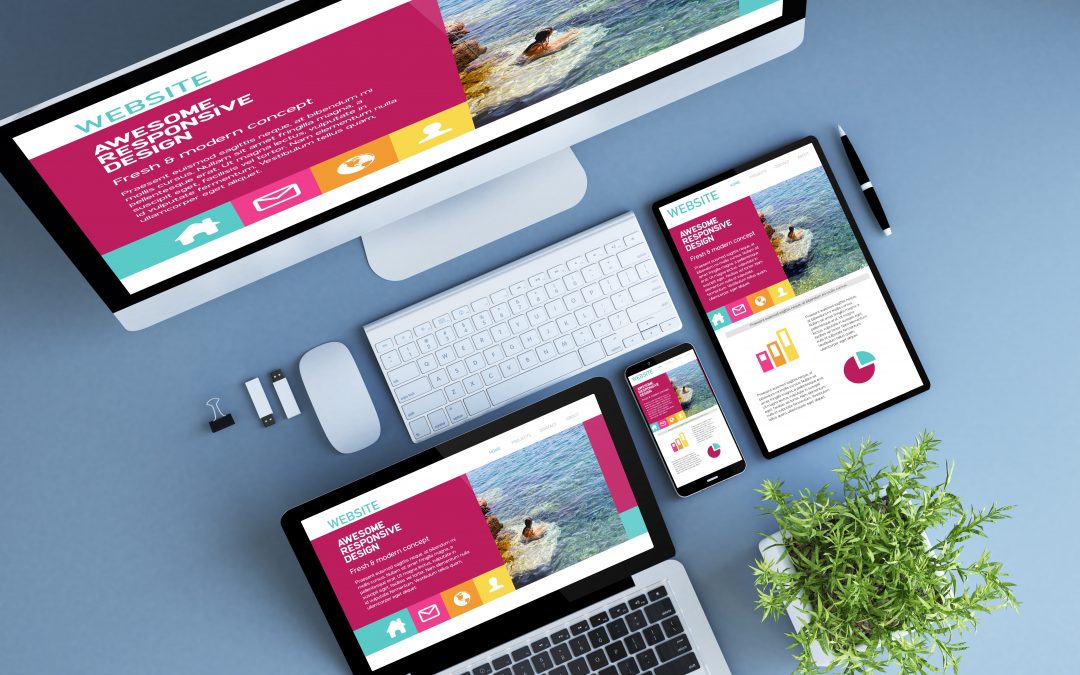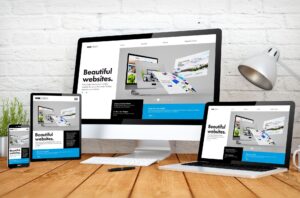Websites are hubs where potential customers and clients can learn more about your brand and decide whether to make a purchase, sign up for a subscription, or book an onboarding call. Strong business website design centers key information and communicates a brand’s mission so that customers can learn more about what the business offers.
Combining functionality with aesthetic elements in a site’s design is the final step to help customers feel confident about converting. Here are several ways to improve business website design to grow your or your client’s customer base.
Effective tips for a good business website
Every business needs a site that reflects what it is and what it has to offer. Learn how to design business websites that turn casual website visitors into paying customers.
Outline your business goals
A business website needs at least one goal, like getting customers to sign up for a newsletter, make a purchase, or fill out a contact form.
A software-as-a-service (SaaS) website, for example, will have different objectives than a neighborhood coffee shop. Your goals inform what content and elements a design needs to succeed.
Decide how your website will fit into your or your client’s overall business strategy, and set goals from there.
Then, design a website that suits these needs, whether that is emphasizing social media links to earn more followers or creating an organized navigation system where customers can find items and purchase them faster.
Use a distinct brand voice
A website is the perfect opportunity to solidify your brand identity. An effective design tells potential customers exactly what makes your brand unique, whether that’s through friendly copy or exciting animations.
Create a color palette that stands out, and include on-brand illustrations, photos, and copy to leave potential customers with a strong impression of the company.
Follow structure and organization
Offer a coherent user flow so potential customers can find the information they need when they need it. Plan your website structure so it makes sense for site visitors.
A clothing store website, for example, has organized sections like women, men, and kids, with subcategories like tops, bottoms, and outerwear, to help users find what they need.
Have a distinct user experience (UX)
UX design considers the user’s experience and combines important elements like color, copy, and navigation to create an intuitive and visually appealing website.
The UX process usually includes research, like A/B testing, heatmap analysis, or surveys, to identify web elements that keep users clicking.
A website with good UX design caters to its target audience with clear layouts and offers a smooth user journey, leading to more conversions and positive impressions.
Make e-commerce intuitive
The goal of an e-commerce website is to lead customers to purchase, and the design should reflect that. E-commerce sites need plenty of product photos, specs, and details to convince visitors to buy.
Online, a potential customer doesn’t get the experience of physically handling a product, so they need all the information they can get where they expect it to be. Placing shopping cart icons in the top right corner, for example, matches customer expectations to remove friction from the site experience.
At Ready Web Solution, we provide web design services for different types of small, medium and large businesses. We have a team of experts to design and develop your website in a professional way.



